Table of contents
Santo Expedito is Logunedé in Umbanda!
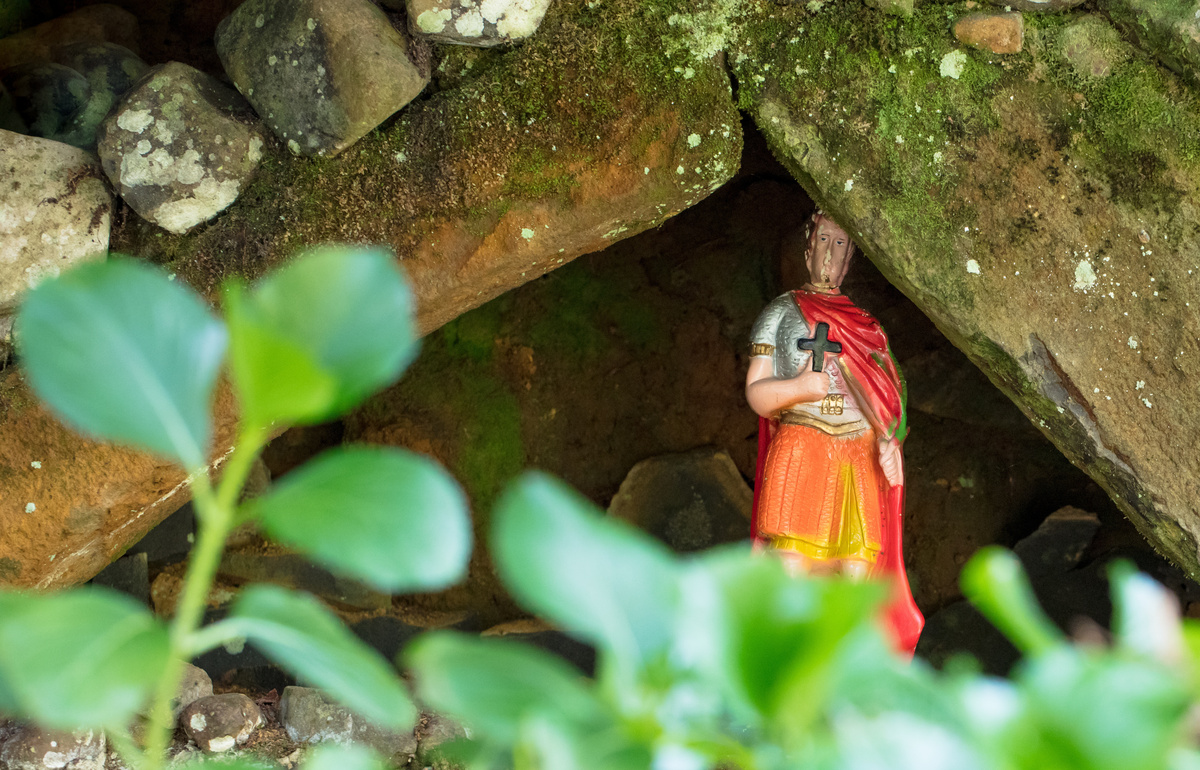
Religious syncretism is responsible for creating the link between Santo Expedito and Logunedé. There is not necessarily a clear explanation as to why the two came to be compared, but there is an explanation that simplifies the relationship.
The connection between the two is due to the fact that they have some very similar representational characteristics. The story fails to clearly highlight the details of St. Expedito's life and death.
There is a mystery about these details, indicating that the time when the saint died may not be the one they estimate. Due to the mystery of the story of Santo Expedito, the comparisons by the similarity and his posture, he and the Orixá Logunedé ended up being syncretized in this way. Check out more details in this article!
Foundations of syncretism between Santo Expedito and Logunedé
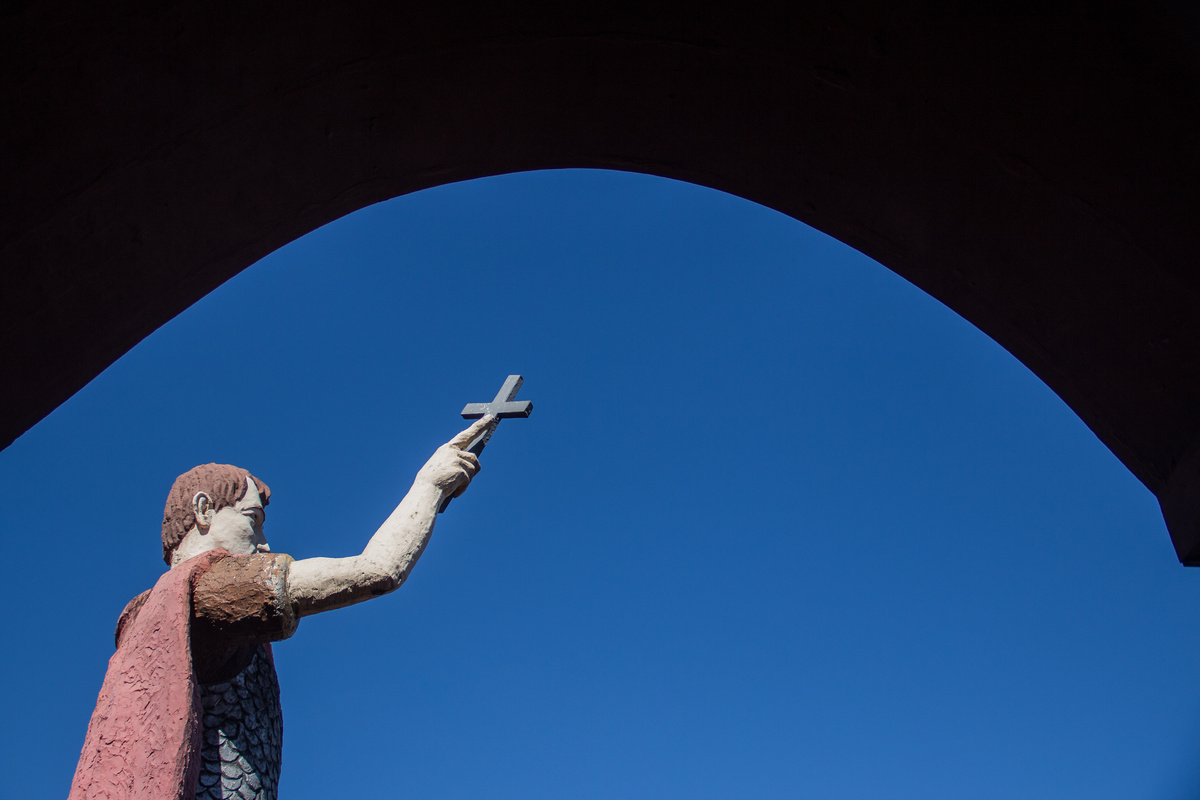
The central reason for the saint and orisha to be associated is because Santo Expedito is represented in a way that he always appears with two specific objects in his hands: a cross and a palm branch. Logunené, in turn, always appears with a mirror and a bow and arrow.
Another factor that relates the two is that the Orixá completes the well-known Catholic trilogy: father, son and Holy Spirit. Longunedé has a very strong duality and at one moment he is with his mother, while at another he is with his father. Therefore, he forms this Yoruba triangle, which is also seen by the Catholic Church as the trilogy.
Want to know more? Read on!
What is syncretism?
Syncretism is a mixture of different doctrines that end up forming a new one. It has a cultural, philosophical and religious character. The idea of this practice is to maintain the main characteristics of the basic doctrines that served for the creation of the new one.
Thus, details such as superstitions, rituals, ideologies and processes, in general, are maintained. The best known, in this case, is the religious one, which mixes one or more beliefs, transforming them into a new doctrine that carries the essential and main characteristics of the doctrines of origin.
Relationship between syncretism and colonization
In Brazil, religious syncretism is very much expressed by historical issues, which are shown through colonization and the formation of the Brazilian people. This is due to the complex historical process through which the country went through, in which diverse cultures were forcibly inserted.
This is also why several distinct religious matrices can be observed, such as Judaism, Christianity, Islam, Buddhism, Spiritism and more.
Other known syncretism
Cultural syncretism is one of the best known models of syncretism. It can explain some issues, such as the societies that emerged in Latin America and were born from the union of other cultures, such as Amerindian, European and African.
There is also aesthetic syncretism, which is the mixture of various artistic and cultural influences, which are the common thread to form a new artistic movement. This refers to the period in which a new artistic movement is being created and executed, such as, for example, pre-modernism, from the 10s in Brazil.
Knowing more about Saint Expedito

The history of Santo Expedito has some gaps that have not been filled over the years and he came to be seen in a folkloric way, because much has been echoed through his image and assumptions about the saint.
Some stories point out details of the origin, death, and other aspects of Santo Expedito, but there is not much certainty about him in life. This lack of concrete information has even become the target of researchers.
In this way, Saint Expedito, despite being worshiped in several religions and by several people nowadays, counts with a whole mystery around him, due to the lack of richness of details about his experiences and actions in the world.
Learn more about the history of Santo Expedito and other details below!
Origin and history
The history of St. Expedito is still very confusing, but it is known that he was a saint martyred in the fourth century in Melitene, Armenia. About his life, there is not much information, not even about his death and burial, something that is the subject of research until the present time.
Many people have questioned the existence of the Saint due to lack of information, highlighting that he might just be a religious legend. What is known about him is that Saint Expedito was a military man who ended up being touched by the grace of God and abandoned the army. This is the reason why he was killed.
Visual characteristics
The image of Saint Expedito shows a Roman soldier in legionary garb. He appears wearing a tunic, a cloak, and armor, which highlights the saint's history and connection to the army and corroborates his death.
Moreover, he still appears in a martial posture, holding, in one of his hands, the palm of martyrdom and, in the other, the cross on which can be read the word Hodie, which makes a connection with the legend that represents his story.
What does Santo Expedito represent?
The main representation of Saint Expedito for his faithful is the fact that he is the saint of impossible and urgent causes. Thus, he is the one to whom one should appeal when facing a situation that seems to have no solution and needs to be solved immediately.
This attribution is due to a story related to the saint. According to the story, a crow appeared to him and told him to do something that should be done only the next day. Saint Expedito did not listen to the crow and retorted by saying 'Hodie', which means 'Today'.
Saint Expedito's Day
Saint Expedito, known for being a solver of urgent causes, managed to convert several soldiers to listen to his call, but was eventually killed on April 19, according to what is known about his story, which is still very mysterious.
Due to this record, the day of Santo Expedito was marked as April 19, in which the saint is celebrated by religions that celebrate his existence and have many devotees who believe in his lifetime achievements.
Prayer to Saint Expedito
The most traditional prayer for Saint Expedido consists of a request for help from the afflicted, since this is the saint responsible for helping those who are in a difficult situation and who need urgent solutions to their problems.
In one of the passages of the prayer made to Saint Expedito it stands out:
"My Saint Expedito of just and urgent causes
Help me in this hour of distress and despair
Intercede for me with our Lord Jesus Christ".
Knowing more about Orixá Logunedé
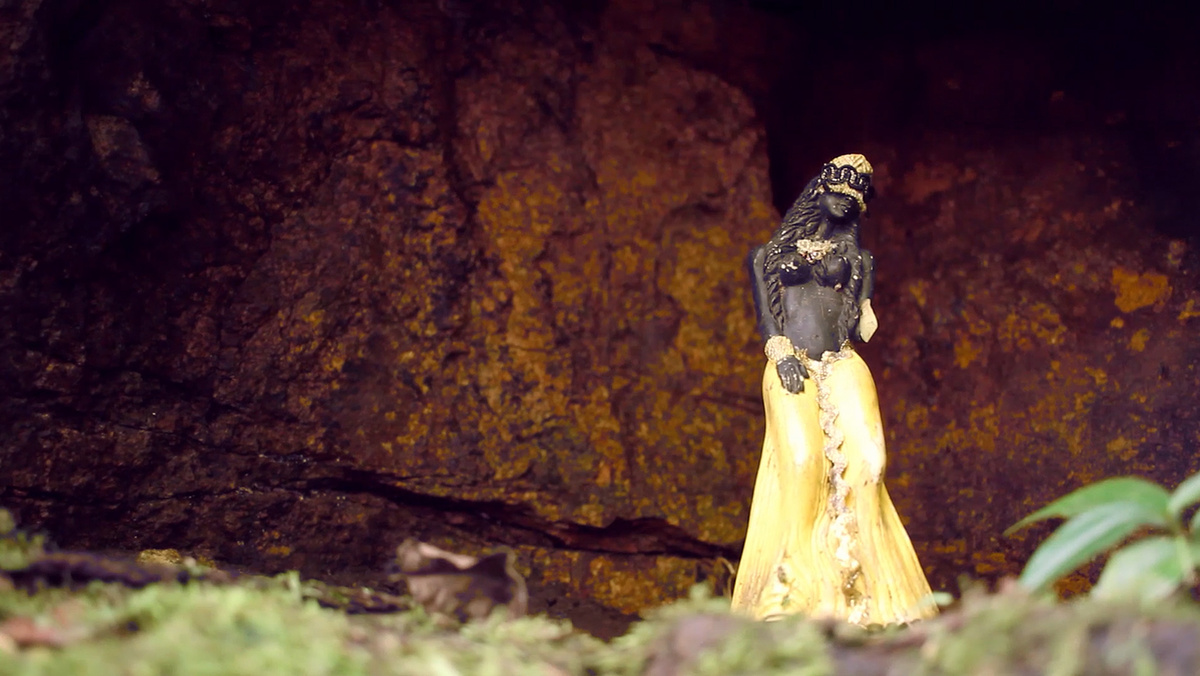
Logunedé is an Orixá known for being one of the most beautiful, something that could not be different, since he is the son of Oxum and Oxóssi. Therefore, he inherited from his parents some essential characteristics, such as his gentle manner and grace, which came from Oxum, and happiness and his hunting spirit, coming from Oxóssi.
Due to these influences, Logundé is known for the way he expresses both feminine and masculine characteristics in his actions and postures. This way of acting causes him to be represented as a young figure.
Thanks to his very strong duality, the Orixà divides his time as follows: a period with his father, in which he accompanies him through the woods and develops his skills as a hunter, and a period in which he stays with his mother, through the rivers, learning to be a great fisherman.
See more about Logunedé below!
Origin and history
The story of Logunedé shows a little of how Oxóssi and Oxum lived. The two, despite loving each other, could not live together because of the differences in their customs. But when Oxum became pregnant, Oxóssi proposed to take care of her son and said that he would teach him everything he knew, so that he would become a warrior and an excellent hunter.
Oxum, however, did not want to stay away from her son and proposed to Oxóssi that Logunedé stay with him for six months and return to her to stay for another six. Thus, Logunedé was raised by his parents, with this separation, and learned to be a great hunter and the best fisherman.
Visual characteristics
The image of Logunedé shows his colors, which are golden yellow and turquoise blue. The Orixá is considered to have no qualities due to the particularities that form him. This is because Logunedé has the ability to transform himself into what he wants.
Due to the fact that he focuses on 3 distinct energies, his own, Oxum's and Oxóssi's, he is able to achieve this feat. Therefore, his image is that of a warrior and a fisherman who carries the colors of his parents.
Day of Logunedé
The day of the week to celebrate Logunedé in the terreiros de umbanda and candomblé is Thursday, on which events dedicated to the Orixá can be held, to celebrate his strength and qualities.
But the actual day to commemorate Logunedé is April 19, the same day that Santo Expedito is celebrated due to the religious syncretism between the two. On this day, Logunedé receives various tributes through offerings and prayers.
Relationship of Logunedé with other Orixás
Logunedé was always an active child and, when passing through the deep waters with his mother, he was always warned not to go too far, because there lived Obá, who harbored a great hatred for Oxum.
When she noticed the boy's presence, Obá tried to drown the child, which made Oxum so desperate that she decided to ask Olorum for help. He saved the boy, but gave him to Iansã because he thought it was dangerous for him to stay in an area of confrontation between Oxum and Obá. Iansã, who was Ogum's wife at the time, raised Logunedé as if he were her son.
Prayer to Logunedé
The prayer to Logunedé highlights the youthful way that the Orixá is seen and serves so that devotees can ask for protection for this powerful warrior. Read the following prayer to Logunedé:
"Child God, Logunedé, lord of games and constant joys
Child God of the blessings of life and the shining earth
Child god of aboe and ifá your attention on me
Child God of gold from rainbow stones
Child God of the bow and arrow that points the destination
Child God of Prosperity
Boy King of Kindness
Child God watch over my steps
Baby God take me into his arms
Child God, lord of the world, lord of hope, guide my steps under your yellow and green mantle. Saravá Logunedé".
Syncretism between Santo Expedito and Logunedé
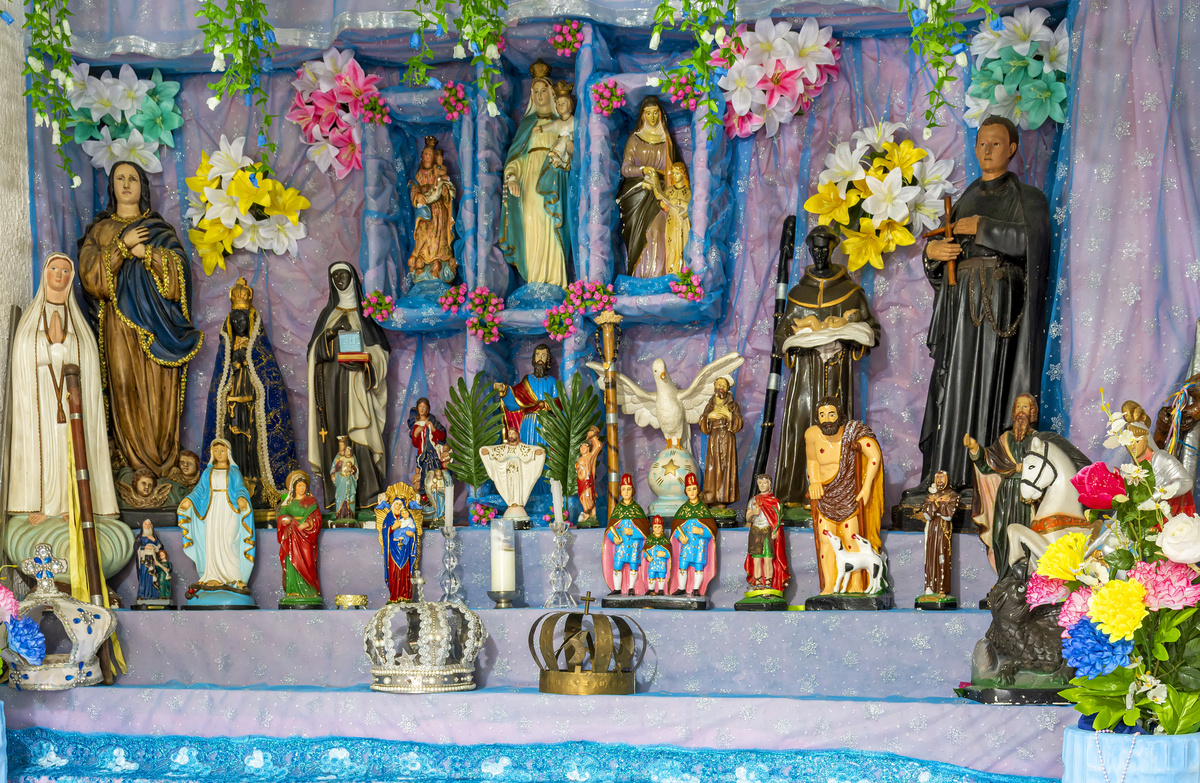
As much as there is syncretism between Logunedé and Santo Expedito, there is no clear explanation why the two are associated. What is understood is that, due to some symbolic issues, they ended up being compared.
Santo Expedito has a very confusing history without many details, but, as far as we know, he was a military man, thus, a warrior who fought bravely before receiving the divine call. Logunedé is also a warrior, because he learned from Oxóssi since he was a child.
The symbology of both points out details of their visual representations that make them similar, besides the issues that give basis for the syncretism to have occurred. Read on to learn more about Logunedé and Santo Expedito!
Similarities
The similarities between Santo Expedito and Logunedé can be both visual and in relation to the way they are depicted in their stories. As for the visual part, both appear with objects in their hands. In the case of Expedito, he carries a cross and a palm branch.
Meanwhile, Logunedé carries with him a mirror and a bow and arrow, which symbolize his history. The connection of the two is also due to the fact that they are great warriors, because Saint Expedito was killed by the army of which he was part, even before he could assume his divine calling.
Distances
The distances between Logunedé and Santo Expedito may come from the Orixá's special characteristics, because he inherited many details from his parents, which makes him seen as an Orixá with both feminine and masculine characteristics.
This is something that is not seen in relation to the saints of the Catholic Church and is where the two lose their similarities.
Refusals to syncretism
The syncretism between Logunedé and Santo Expedito occurs only because of some of the similarities between the two, so there are not many details about the reasons that led to this decision.
The refusal may be due to the fact that one does not have much information about the Saint. Thus, it is not possible to fill in the gaps in his history and link him to Logunedé's personality and way of acting, as occurs among other Saints and Orixás, who are known to share their similarities as to personalities and actions in their stories.
After all, is the syncretism between Santo Expedito and Logunedé valid?
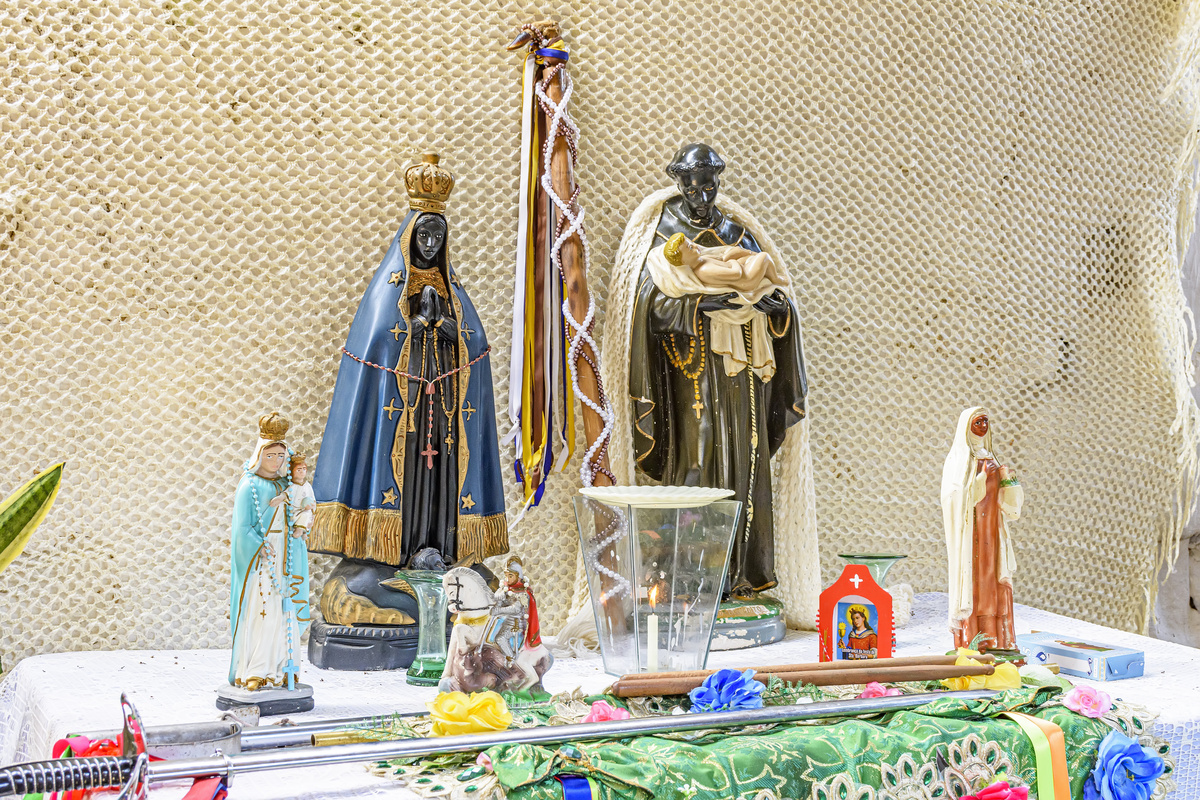
Although there is not much information about the reasons why the two ended up being associated, the syncretism between Santo Expedito and the Orixá Logunedé is valid and seen by religions as real.
The way the two behave and the fact that they are two warriors is the starting point for the connection between them. In addition, there are also the details of their visual characteristics and how their representations are made.
Because of the murky way the story of St. Expedito is told, the connection between the two can be understood by these details. So, as few as they are, they were enough to make the association.

